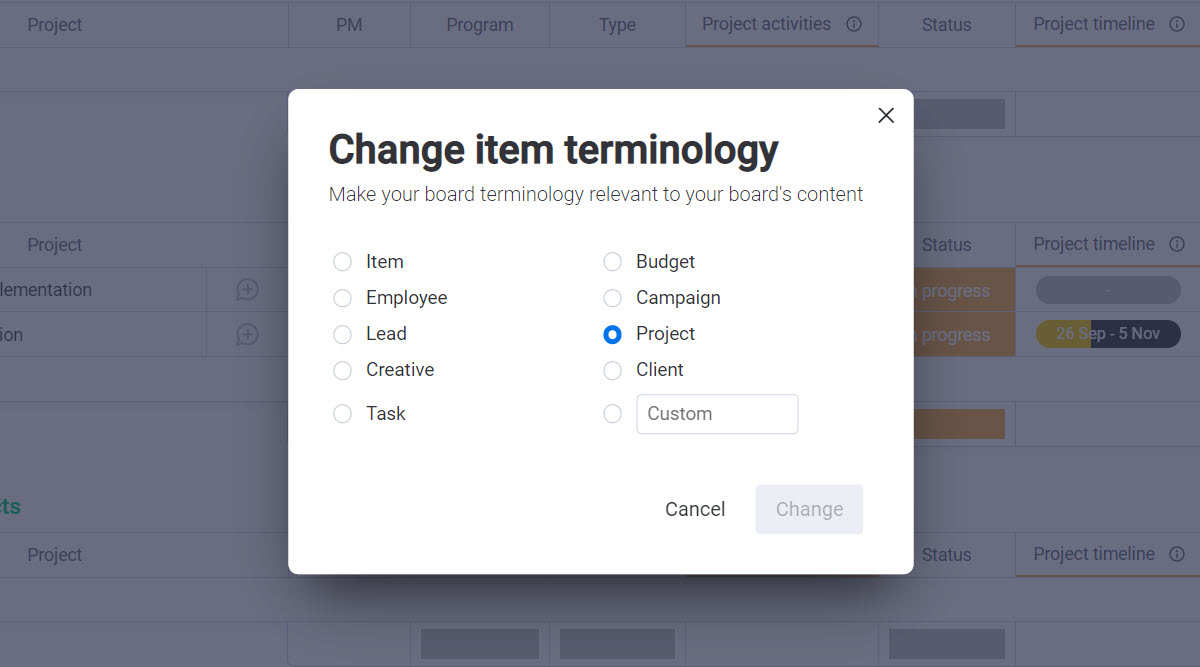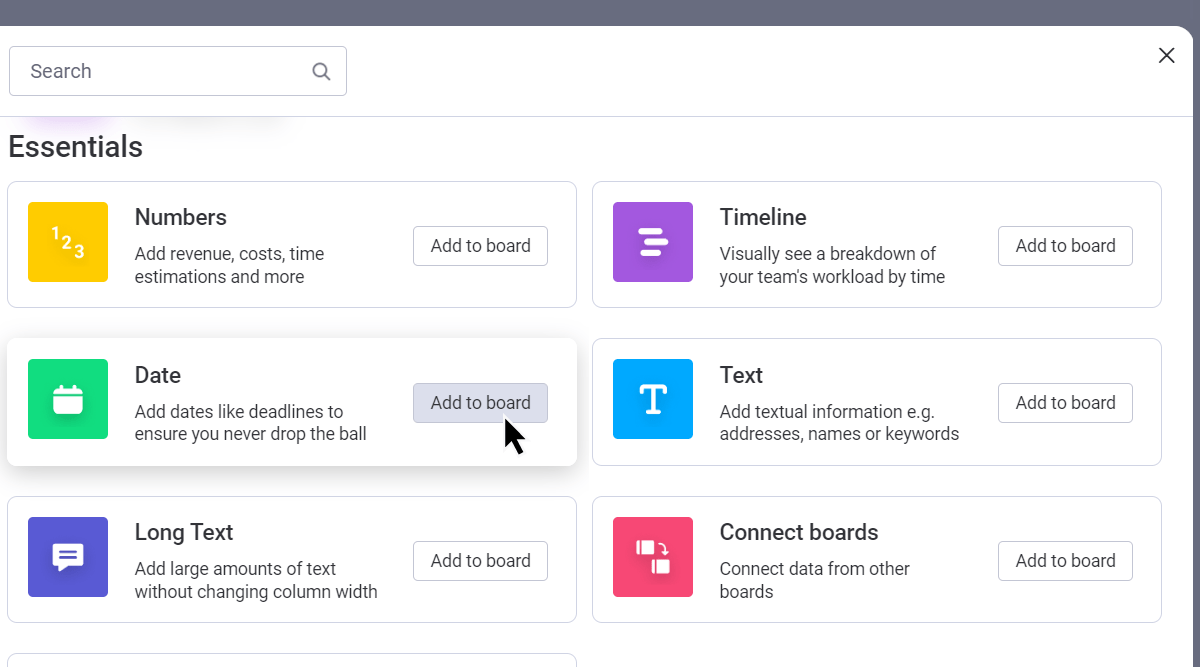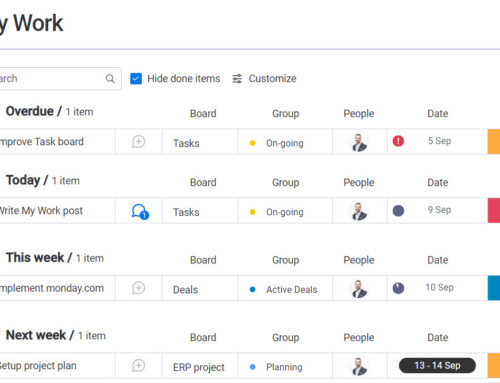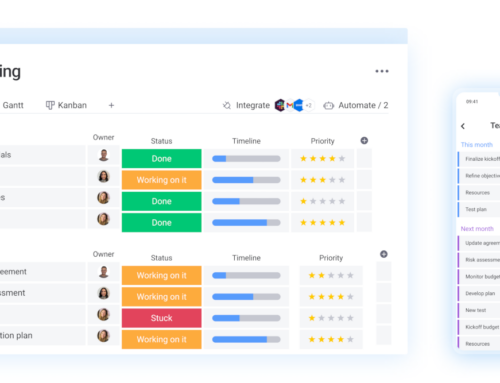5 tips for Rapid Application Development
New platforms offer new possibilities
A few decades ago, there was a great gap between developers and end users. The developers built and the users used the application as it was intended by the developers. Nowadays the gap is starting to dissolve, and we see new possibilities where the software developers instead build Rapid Application Development (RAD) platforms and the user build their own applications, solutions and workflows inside this low code or no code platform.
5 tips for Rapid Application Development
Good guidance comes from one of our greatest minds:
Make it as simple as possible, but not simpler.
– Albert Einstein
To make it a bit more concrete and relatable to application development:
- Put effort into the design phase
- Use clear terminology
- Balance customisation and best practice
- Build a minimum viable product
- Have an iterative approach
Now we will review each tip in greater detail.
1. Put effort into the design phase
Most things can be changed even after the production phase and implementation phase. However, changing the core structure becomes more costly the longer you get in development and especially after implementation where you already have data fit to this structure. Investment in good core structure means less complexity and better guidance when developing. In the monday.com case the core structure would mainly be the boards needed and how they connect.
2. Use clear terminology
Use clear terminology and define the instance. For example, should the board contain Tasks, Recruits, Campaigns or Leads etc. What columns should a Campaign contain? It could contain a timeline to show when the campaign is active and a budget. In monday.com it should also be decided how instances in a board should be tracked; vertically, horizontally or as a hybrid.

3. Balance customisation and best practice
There is always a balance between customisation and best practice. Don’t forget the developer’s intention (even when it comes to RAD) or you may find yourself not utilizing the platforms full potential or you are building in a way that goes against the core intention of the platform. This may result in bugs, limited support and limited possibilities to expand and scale the platform.
4. Build a minimum viable product
Once you have put a reasonable amount of time into the design phase start building a prototype. Build a minimum viable product to implement the most vital functionality early and let the intended end users guide you in the right direction for further development.
5. Have an iterative approach
You will never find the perfect application from the start. Experiment, collect feedback and improve over time with an iterative approach. This way you lower the risk of investing great amounts of time and money into something the end users doesn’t even want.
Flexibility and core structure
New Rapid Application Development platforms offer great flexibility and speed to solve business needs, but don’t forget to put effort into the core structure so that the applications have a stable foundation for future development.






